In the busy corporate, where data is being produced at a pace never seen before, the organizations are trying to get smarter about utilizing the data to make better decisions. Conventional approaches of business intelligence (BI) that were based on heavily manual process, reports that were not dynamic and queries that were fixed can no longer support the current dynamic, data intensive business world. Meet AI-powered Business intelligence solutions: these are potent solutions changing the way businesses deal with data analysis, insight and decision-making.
The ability of AI-based platforms to act on large amounts of data at a high speed is not the only opportunity that organizations are getting. Businesses are also ensuring that through the use of AI, they generate insights in real-time, auto-analyze data, and use prediction to make smarter business-related decisions. The following article discusses how AI can improve business intelligence, its role in decision-making, and includes the best AI-powered business intelligence platforms that companies can embrace to remain in the competition as the business world continues to get more competitive.
What is AI-Powered Business Intelligence?
Business intelligence (BI) refers to the utilization of various data to make the apt decision of a business by gathering, analyzing and reporting about data. BI has been using dashboards, reporting systems and straightforward queries as the basis of providing information about the performance of the business. That said, increasing amounts of data has exponentially grown, and, therefore, BI tools have lagged behind the requirements of the contemporary business.
Artificial intelligence (AI)-driven business intelligence (BI), however, has gone in a different direction by adding an element of artificial intelligence (AI) as well as machine learning (ML) technologies within the analytics process. These platforms are more than mere reporting platforms providing predictive analytics, automatic insights, and smart recommendations. They enable companies to assess live data, identify the obscure patterns and even anticipate forthcoming tendencies, which consequently makes the decision making process quicker and more precise.
The BI tools developed with the help of AI are designed to use large amounts of data, both structured and unstructured, which comes in various forms, such as customer contacts, market trends, and operational processes. The platforms of machine learning operate using the algorithm to identify trends, make predictions and automate tasks that would otherwise be analyzed manually.
The Role of AI in Transforming Business Intelligence
BI is being transformed by AI in various aspects, and it has become more effective, precise, and operational. Everything that occurs in business intelligence is being disrupted by AI in the following ways:
Automated Data Processing and Analysis
BI with the help of AI makes the work of organizing, cleaning, and categorizing data automated and takes away the most tedious tasks of data processing. Businesses can ignore the manual data input or the complicated SQL queries using AI since it interprets data and provides insights. Rather, the analysis of the patterns along with trends in data can be discovered automatically using machine learning algorithms, furnishing the information close to real-time.
To give an example, an AI-powered BI solution can read through transactional data using the AI-model to notice anomalies like the spiker of product demand or unusual sales deviations making businesses react quickly.
Predictive Analytics for Smarter Decision-Making
The application of AI to BI adds predictive services to the platforms where they are able to predict future trends using past phenomenon. AI models based on machine learning can be used to make predictions regarding the behavior of the customers and the trends in the market or even operational issues so that a business can make decisions proactively.
As an illustration, AI-based platforms will be able to anticipate which particular goods are bound to run out of supply in a few months time, allowing companies to prepare their stocks and promotional plans beforehand.
Natural Language Processing (NLP) for Interactive Data Insights
Natural language processing (NLP) is one of the strongest capabilities of AI in BI that enables the user to communicate with the data by using natural language in a conversational style. Through NLP, this means business users can pose questions such like, what are the sales figure of the previous quarter or which region had the best customer satisfaction rates and get instant answers without the use of complex queries.
This brings even non-technical people into the BI process to allow all the people within an organization including the executive and team leaders to communicate with the data and make decisions that are aware.
Advanced Data Visualization and Reporting
AI assist companies to comprehend data in a more appealing and understandable manner. The AI-enabled analytics allows users to build more compelling and informative data representations, such as interactive charts and heat maps and interactive dashboards. Such visualizations make it easy to identify trends, monitor the key performance indicators (KPIs), and make data-based decisions quicker.
Real-Time Data Processing
Bi IT tools supported by AI help companies to analyse and process data in real time. In contrast to the conventional BI tools powered by fixed reports, AI-powered platforms are capable of real-time tracking through the streams of the data and give you real-time insights that can be instantly converted into business actions. In industries such data-heavy as retail, healthcare and finance, this real-time capacity is key to remaining competitive in a data-heavy environment.
| AI Capability | How It Enhances BI | Benefits for Business |
|---|---|---|
| Automated Data Processing | AI automates data cleaning and categorization | Faster, more accurate data analysis |
| Predictive Analytics | AI predicts future trends using historical data | Smarter decision-making and forecasting |
| Natural Language Processing | AI interprets data through conversational queries | Easy access to insights for non-technical users |
| Advanced Visualization | AI enhances visual representations of data | Clearer insights, better decision-making |
| Real-Time Analytics | AI analyzes data as it is generated, providing immediate insights | Faster, more responsive business operations |
Best AI-Driven BI Platforms for Businesses
There are some AI-powered business intelligence tools dominating the market that offer to give businesses the entire potential that their data can reach. Some of the most excellent AI-assisted BI tools helping business make data-driven decision can be found as listed below:
ThoughtSpot
Overview: ThoughtSpot is a search-first AI-driven BI solution. Its search-based system also enables users to pose questions by typing simple language and get answers in real-time. ThoughtSpot is the use of machine learning to automatically sort out data into trends and patterns; this is the best fit when companies require rapid and actionable information.
Key Features:
-
Natural language queries on search-driven analytics
-
Trend detection and anomalous detection
-
Real-time data analysis scalable cloud based solution
Best For: Companies that require a business intuitive, search-based BI tool to access instant answers.
Microsoft Power BI with AI Integration
Overview: Microsoft Power BI is one of the most popular business intelligence (BI) technologies, and the AI features introduced in it enable machine learning and deep analytics features on the platform. Predictive modeling and automated data visualization make up the engine, which is why Power BI is one of the strongest tools that allow businesses to translate data into actionable information.
Key Features:
-
Azure Machine Learning and cognitive services integration
-
Data visualizations and reporting using AI Data visualization That visual representation of data is used to describe or present information AI-powered reporting Reporting is ranked 2nd to data visualization as a data expectation and will be powered by AI to conduct an investigation to communicate and present the results
-
Integration with windows products
Best For: Organizations that would like to leverage currently Microsoft deployed solutions to a powerful scalable BI solution..
Tableau
Overview: Tableau has a reputation of powerful data visualization features and goes one step ahead with AI-powered features, which automatically identify trends and insights. The AI of Tableau enables its users to use machine learning algorithms on a data set to make predictions and sophisticated forecasts.
Key Features:
-
Artificial intelligence driven suggestions on data visualization
-
In-built machine learning models of advanced analytics
-
Uninterrupted data loading with various sources
Best For: Companies that focus on data visualization and need to implement AI to predictive analytics.
Qlik Sense
Overview: Qlik Sense is an AI-enabled self-service BI that enables individuals to analyze and discover data by themselves. Based on AI-powered algorithms, it helps identify relationships between data, find patterns, and offer insights based on a more complex data set, which helps companies learn more smoothly.
Key Features:
-
In-memory data analysis In-memory data processing An in-memory data processing system An in-memory computing product
-
Insights and data exploration using AI
-
Flexible dashboards, and reporting determines reporting tools
Best For: Companies that require a self-service BI solution that has a robust AI capability to explore data.
| Platform | Key Features | Best For |
|---|---|---|
| ThoughtSpot | Search-driven analytics, AI-powered insights | Quick, intuitive data exploration |
| Power BI | AI integration with Azure ML, predictive modeling | Businesses using Microsoft products |
| Tableau | AI-driven visualizations, advanced forecasting | Data visualization and predictive analytics |
| Qlik Sense | In-memory processing, AI-driven insights | Self-service BI with advanced analytics |
Best Practices for Implementing AI-Powered Business Intelligence
In order to realize the potential of BI platforms powered by AI to the fullest, companies will need to incorporate such platforms into their processes strategically. The following are some of the best practices where a successful implementation of AI-driven BI platforms concerns:
Define Clear Business Objectives
It is imperative to come up with some targeted goals before undertaking the use of any BI platform. Be it sales forecast, customer service and development process, by knowing what you wish to achieve you will able to select the suitable platform and define measurable KPIs (Key Performance Indicators).
-
Example: In case you want to increase customer satisfaction, you may apply BI tools based on AI to process feedbacks given by customers, evaluate their pain points, and predict customer trends.
Train Your Teams for Success
The possibilities Spurred by AI with BI tools are enormous nevertheless; it is necessary to comprehend and use them correctly. Make sure that you train the technical and non-technical teams in the use of the platform. Promote data literacy, urging all organization types of employees to make decisions in a manner that is data-driven and well-thought.
-
Example: Tableau and Power BI have very user-friendly dashboards, however to get the most out of their artificial intelligence features, you should consider training your employees in the functions that enable you to perform advanced predictive analysis and enabling visualization of your data.
Integrate AI with Existing Systems
In order to be used smoothly, AI-powered BI tools have to be incorporated with your other systems, including customer relationship management (CRM) systems, enterprise resource planning (ERP), and other applications that make your business go. The right integration will result in smooth data transfer between systems and the AI platform to create knowledge based on a large number of data sources.
-
Example: Qlik Sense provides a high level of integration with cloud storage drives such us Google Cloud and AWS, which facilitates the aggregation of data and the utilization of AI-based analytics.
Focus on Data Quality
AI models need the clean and quality data to permit accurate modeling and provide actionable information. The presence of irregularities in data quality (duplicate data, missing data, and wrong data), may inhibit the performance of your AI-based BI tool.
-
Example: Alteryx can be used to prepare and clean the data and it enables the businesses to automate the cleaning and processing of data prior their usage to perform the analysis and make sure that AI-based applications can assess precise information.
Start Small, Scale Gradually
Although AI-powered BI platform features can be very strong, it is usually advised to begin with a small scope. Start with one-two important areas of business practice and widen the area of business operations as the conviction in the functionality of the tool grows. This is a low risk solution, and this lets your organization learn and scale up.
-
Example: An example would be that you have customer trends and you may start by using AI based BI in your marketing department and could then later go into the finance or operations domain.
Overcoming Challenges in AI-Powered BI Implementation
Although the returns of AI-based BI systems are numerous, there are chances that businesses will experience some difficulties in the application of BI platforms. Some of the common barriers and suggestions to overcome them are given below:
Resistance to Change
Workers who have been used to conventional BI tools or the manual method might be blockers to adaptation on AI-based platforms. To overcome this resistance, there should also be some clear communication in terms of the benefits of AI and its role in making decisions and make work more efficient.
-
Solution: Train staff how to use AI tools to streamline their work, making it easier to automate some tasks and give insights into making strategic decisions.
Data Integration Issues
The process of integrating various sources of data may be cumbersome particularly to large organizations with various systems. The unstandardized data format and different data structure and legacy systems may drag the integration process.
-
Solution: Select an AI-based BI platform with a set of strong integration features, such as Power BI and Qlik Sense, that would allow the integration with cloud storage, databases, and ERP systems.
High Costs and Complexity
The AI enhanced BI platforms may not be cheap, even the small to mid-size businesses. Also, they demand quality staff to install and operate.
-
Solution: Take into account cloud-based BI solutions, which focus on a flexible pricing method and usually take fewer upfront investments. Such platforms as Tableau On-line or Google Cloud AI offer the scalable product to small, middle-sized businesses or large enterprises.
Data Privacy and Security Concerns
Security of data is another major issue whenever using BI platforms when handling confidential customer information or privately owned business data using AI.
-
Solution: Make sure that the selected BI platform complies with the latest and strictest data privacy laws such as the GDPR and CCPA. Select sites with secure ways of encryption and safety measures to secure information.
Leveraging AI for Real-Time Business Intelligence
The real-time analytics capability of an AI-powered BI platform is one of its outstanding properties. The rapidity of decisions taken due to real-time data analysis enables the businesses to react to any opportunities and challenges and take a decision on it.
Real-Time Insights for Agile Decision-Making
Using AI, companies have the ability to track the performance rates, customer actions as well as other important data points in real-time. This comes in handy especially in enterprises whose industries are fast such as retail whereby the market may shift swiftly.
Example: In e-commerce, shopping behaviour can be analysed in real-time by AI-driven BI tools which can assist in dynamically adjusting prices, promotions and level of stock.
Continuous Monitoring and Alerts
BI systems enabled with AI are able to constantly observe the flow of data in small increments and notify companies about changes or any miscellaneous concerns. As an instance, when sales decline or a marketing campaign turns out not to be as successful as it should be, the AI system can alert on the problem instantaneously.
Example: An example of this can be seen with ThoughtSpot where data monitoring can be done in real-time and an alert can be used to notify a business, so that they can act on the matter and fix the problem before it becomes even more serious.
Summary
Business intelligence created through the use of AI is changing the way business uses data analysis and decision making. These platforms are much more beneficial than the traditional BI tools in relation to the real-time data analysis and predictions, as well as advanced automatization and personalization. Overcoming the challenges on implementation, industry-best practices, and staying up-to-date with the recent trends, businesses can maximize on the advantages of AI-powered BI that result in faster, smarter, and better decisions.

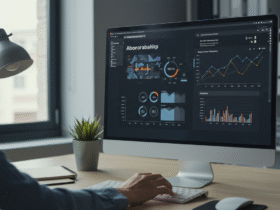
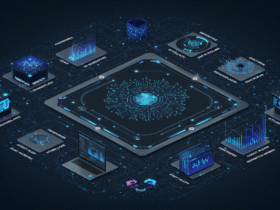
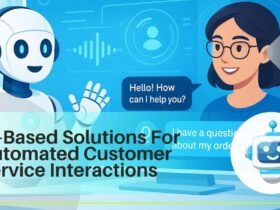



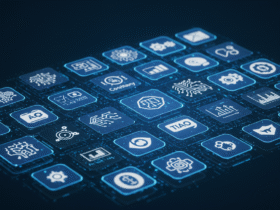

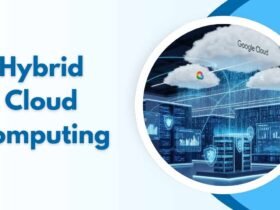


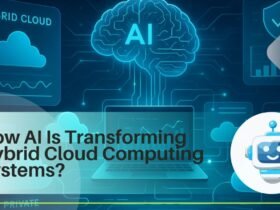
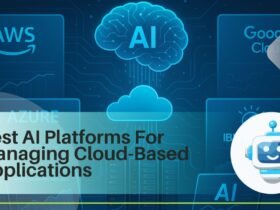

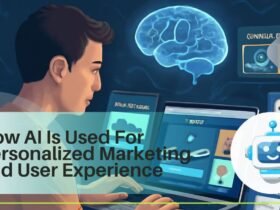
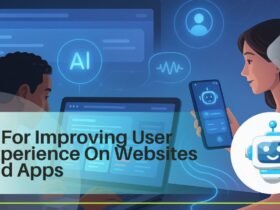
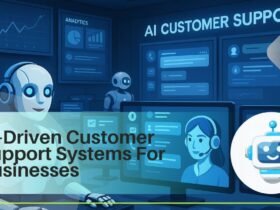

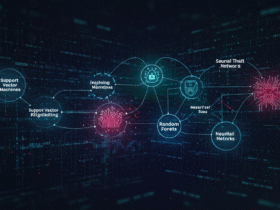




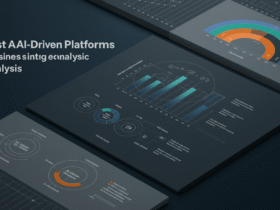


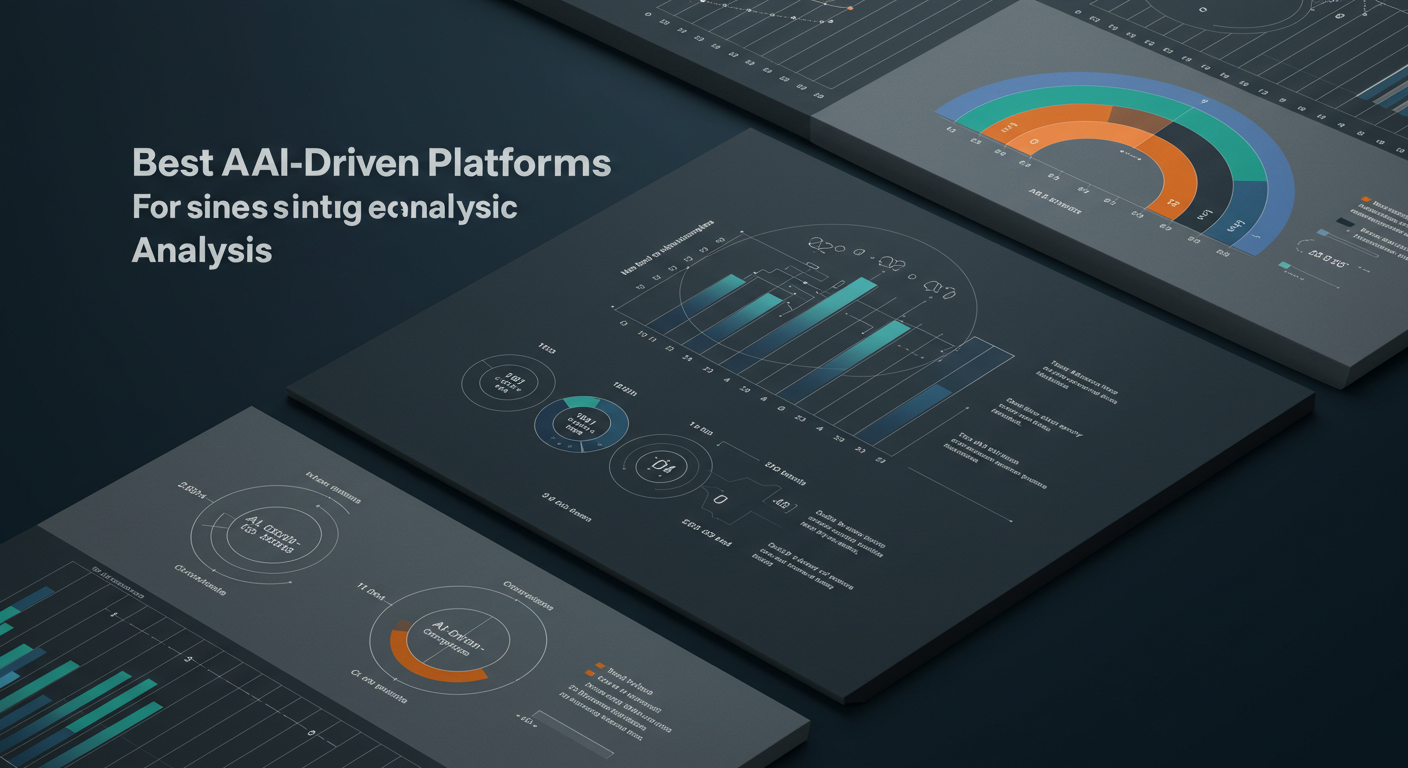

Leave a Reply